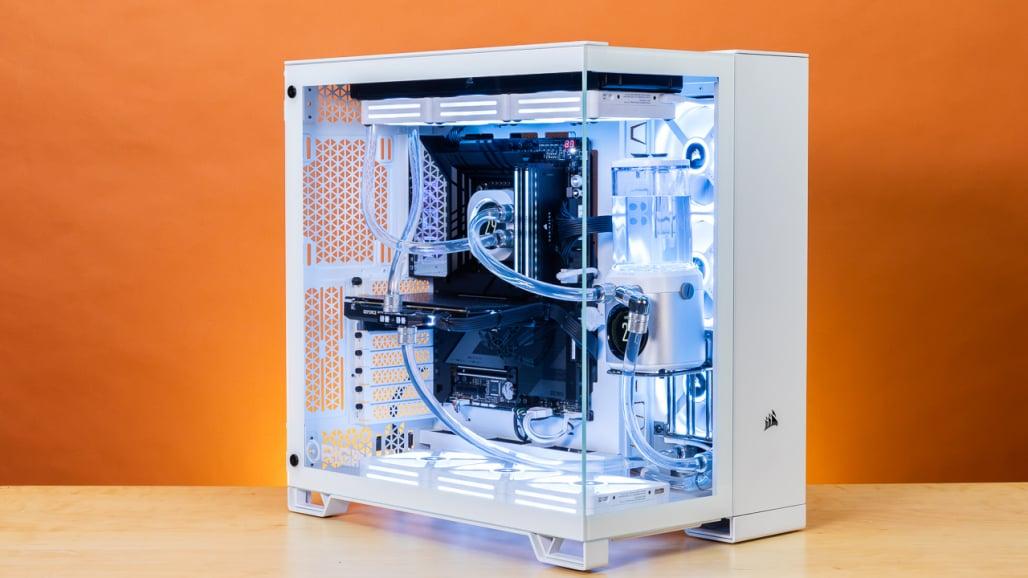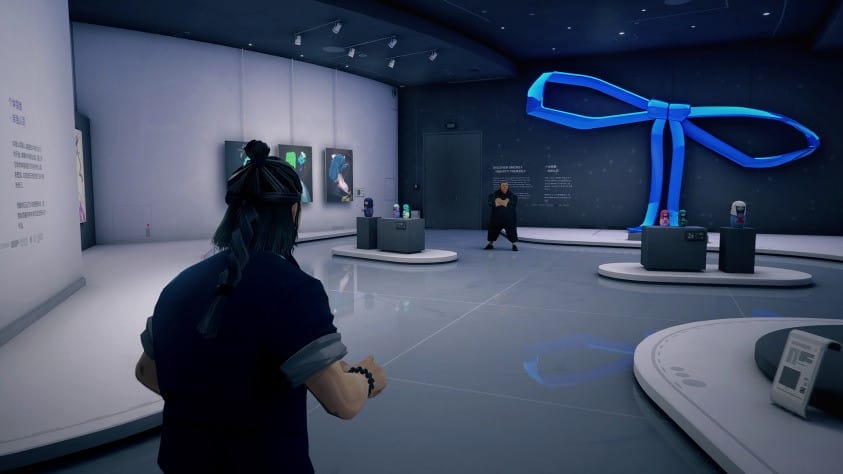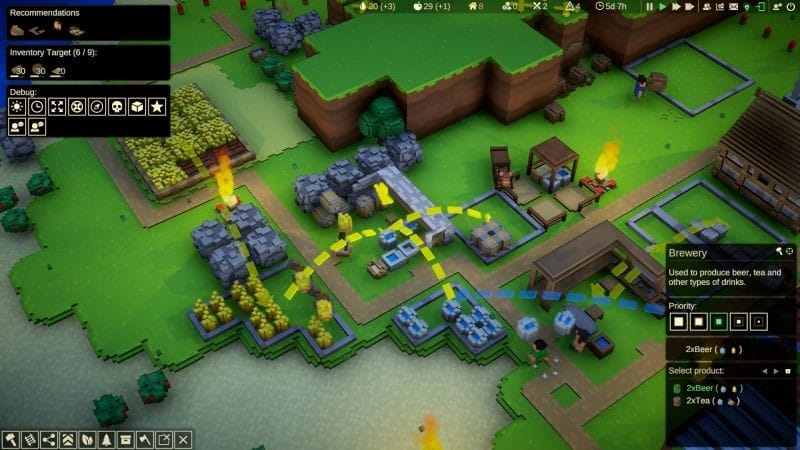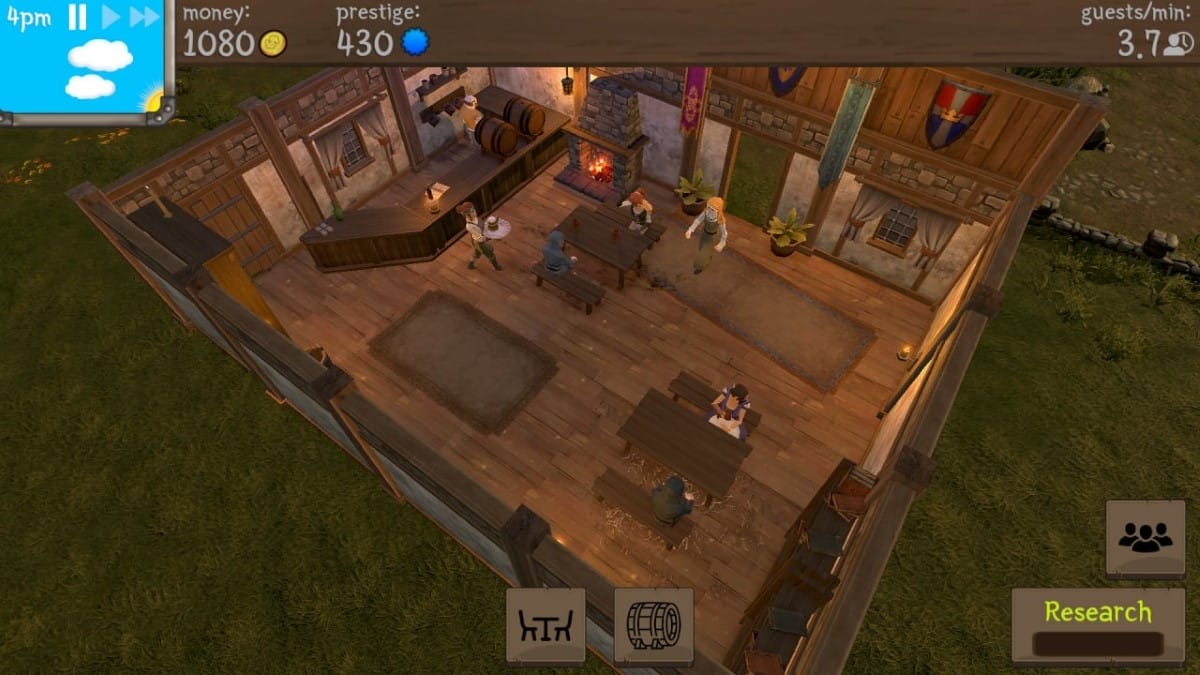Building a gaming PC in 2025 is both an art and a science. With powerful hardware innovations and increasing demands from modern games, crafting a well-balanced machine is more important than ever. This guide offers a comprehensive look into component selection, performance considerations, and budget-conscious builds, while also sharing tips to optimize existing systems.
🔧 Processor: The Heart of Your System
The CPU dictates how well your system handles multitasking, physics simulations, and AI behaviors. When choosing a processor, focus on core count and clock speed . Most modern games favor high single-core performance, but newer titles increasingly benefit from multi-threaded CPUs. A 6-core, 12-thread processor is the sweet spot for most gamers, balancing price and performance, while 8-core or higher chips are ideal for those who stream or create content alongside gaming.
If you're upgrading an older rig, ensure your motherboard chipset supports the desired CPU and offers PCIe 4.0 or 5.0 lanes for future-proofing.
🎮 Graphics Card: The Gaming Powerhouse
Your GPU is the cornerstone of a gaming build. In 2025, prioritize VRAM size , ray tracing capabilities , and DLSS or similar AI-based upscaling technologies . A card with 12GB to 16GB of VRAM is essential for smooth 1440p gaming and entry-level 4K performance. Look at thermal performance too—some models run cooler and quieter, enhancing both performance and comfort.
Pay attention to your monitor resolution and refresh rate when choosing a GPU. If you game on a 1080p 60Hz screen, a mid-tier card will suffice. For 4K or 144Hz monitors, you’ll need a high-end GPU to avoid bottlenecks.
💾 Memory and Storage: Speed Meets Capacity
Games are becoming increasingly demanding on RAM . A minimum of 16GB DDR5 is recommended, though 32GB offers a noticeable boost in open-world or mod-heavy games. Opt for higher clock speeds (6000MHz or above) and low latency for best results.
As for storage , NVMe SSDs are now standard. A 1TB SSD will handle your operating system and key games comfortably, but consider pairing it with a secondary drive for media and less frequently played titles. Prioritize Gen 4 NVMe drives for ultra-fast loading times, or Gen 5 if you want cutting-edge speed and future-proofing.
🧊 Cooling: Silent and Efficient Power
Cooling isn't just about keeping temperatures down—it impacts noise levels, component lifespan, and thermal throttling. A good air cooler is sufficient for most builds, but liquid cooling becomes advantageous with overclocked CPUs or compact cases with restricted airflow.
Make sure your case supports adequate airflow , with at least two intake and one exhaust fan . Choose PWM fans to enable dynamic speed adjustment based on workload. Also, consider fan placement —top and rear exhausts help efficiently remove hot air, while front and bottom intakes draw in cool air.
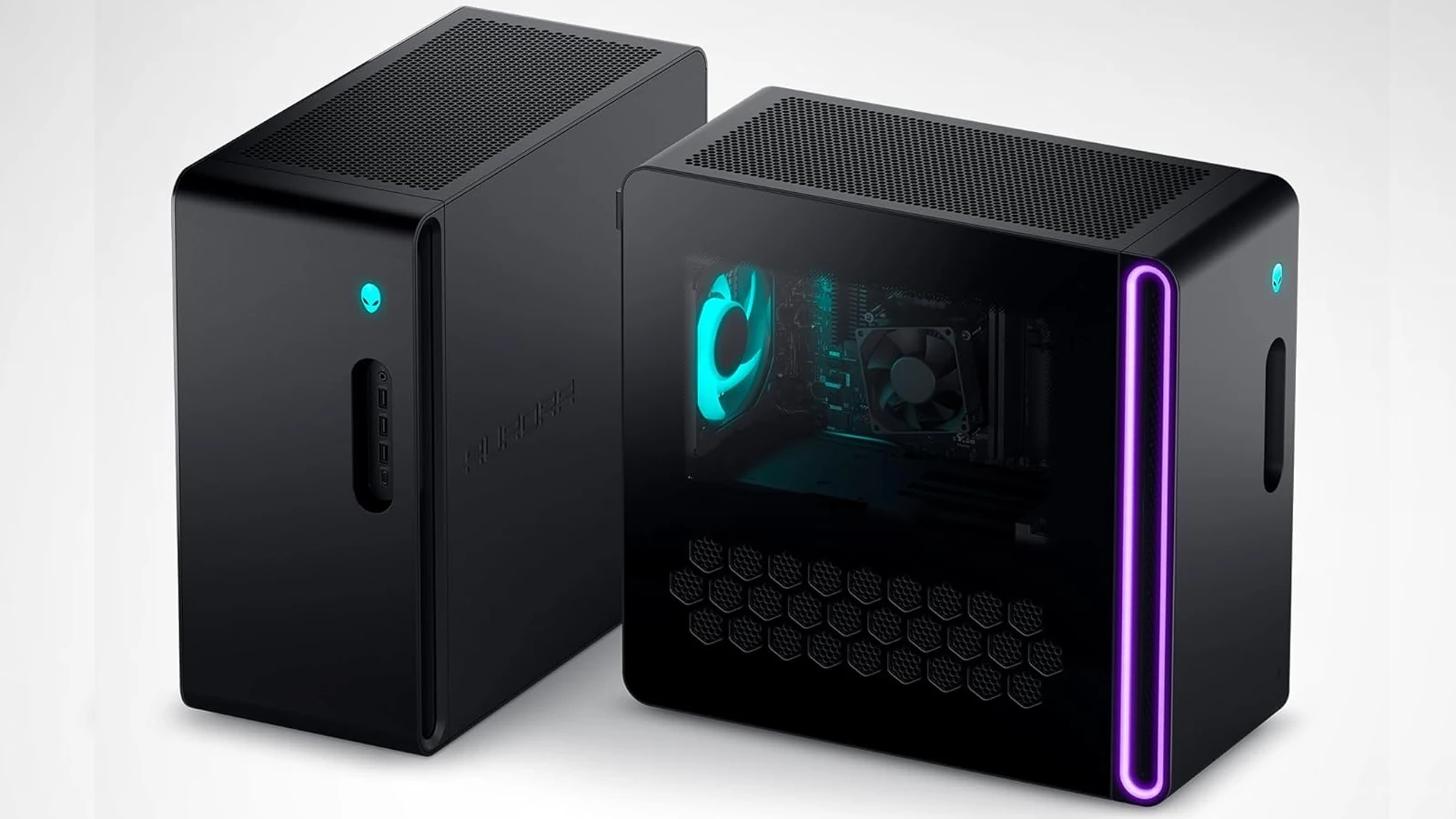
🔌 Power Supply and Case: Stability and Style
The power supply unit (PSU) is often overlooked, yet crucial. Invest in an 80+ Gold certified PSU with at least 650W to 750W for mid-range builds, and 850W or more for high-end systems with powerful GPUs. Modular PSUs offer cleaner cable management, enhancing airflow and aesthetics.
Select a case with good cable routing, removable dust filters, and ample space for GPU and cooler clearance. A well-ventilated case not only supports performance but also allows for future upgrades without a complete rebuild.
🛠️ Optimizing an Existing System
Before committing to a full build, evaluate if your current PC can be upgraded. Swapping in more RAM , replacing an old HDD with a fast SSD , or upgrading the GPU can dramatically improve gaming performance. Clean dust from fans and heatsinks regularly, repaste your CPU if it's been years, and ensure drivers are updated for peak efficiency.
Use built-in OS tools or third-party software to manage startup apps , reduce background load, and tweak settings for smoother gameplay. Sometimes, a well-optimized older system can perform surprisingly well with a few smart enhancements.
💰 Budget Builds: Power Without Breaking the Bank
For those watching their wallets, a budget gaming PC is absolutely possible. Focus spending on the GPU and CPU , as these most affect gaming. A 6-core CPU, 16GB RAM, and a GPU with 8–10GB VRAM can deliver great 1080p performance under a modest budget.
Pair it with a B-series motherboard , a mid-tier PSU , and an entry-level SSD to keep costs down without sacrificing reliability. Monitor deals, refurbished components, and bundles to stretch your budget further.
In Conclusion
The perfect gaming PC in 2025 strikes a balance between raw power , thermal control , and upgradability . Whether you're building from scratch or breathing new life into an older setup, understanding how each component contributes to performance ensures a satisfying gaming experience now and into the future. With the right mix of planning and smart choices, your PC will handle even the most demanding virtual worlds with ease.



